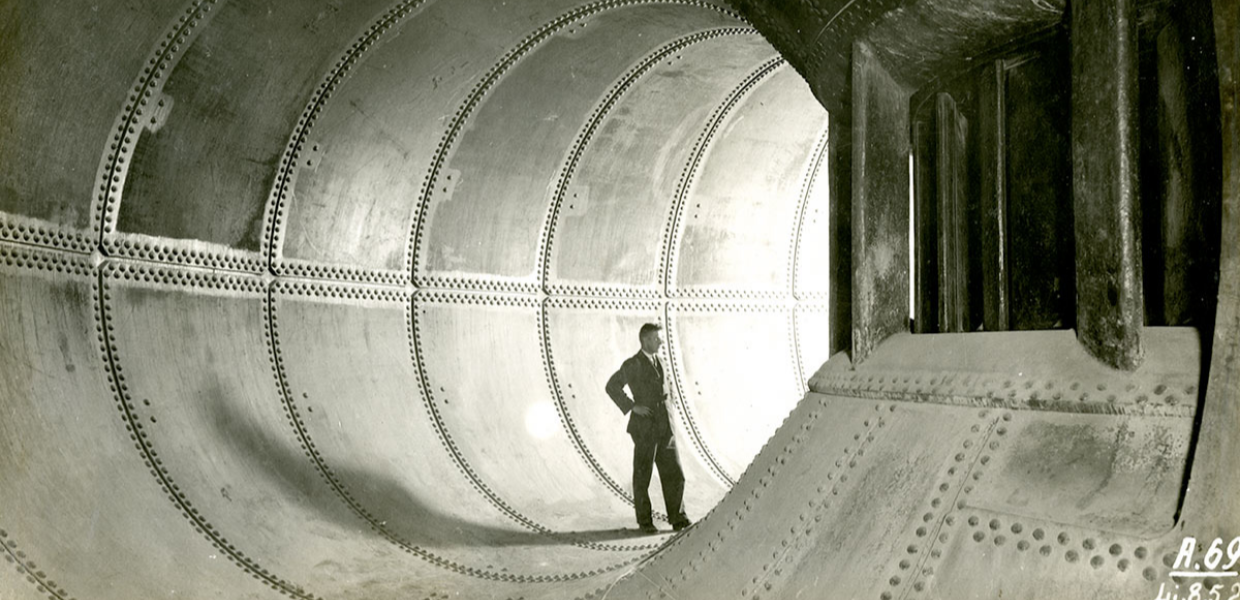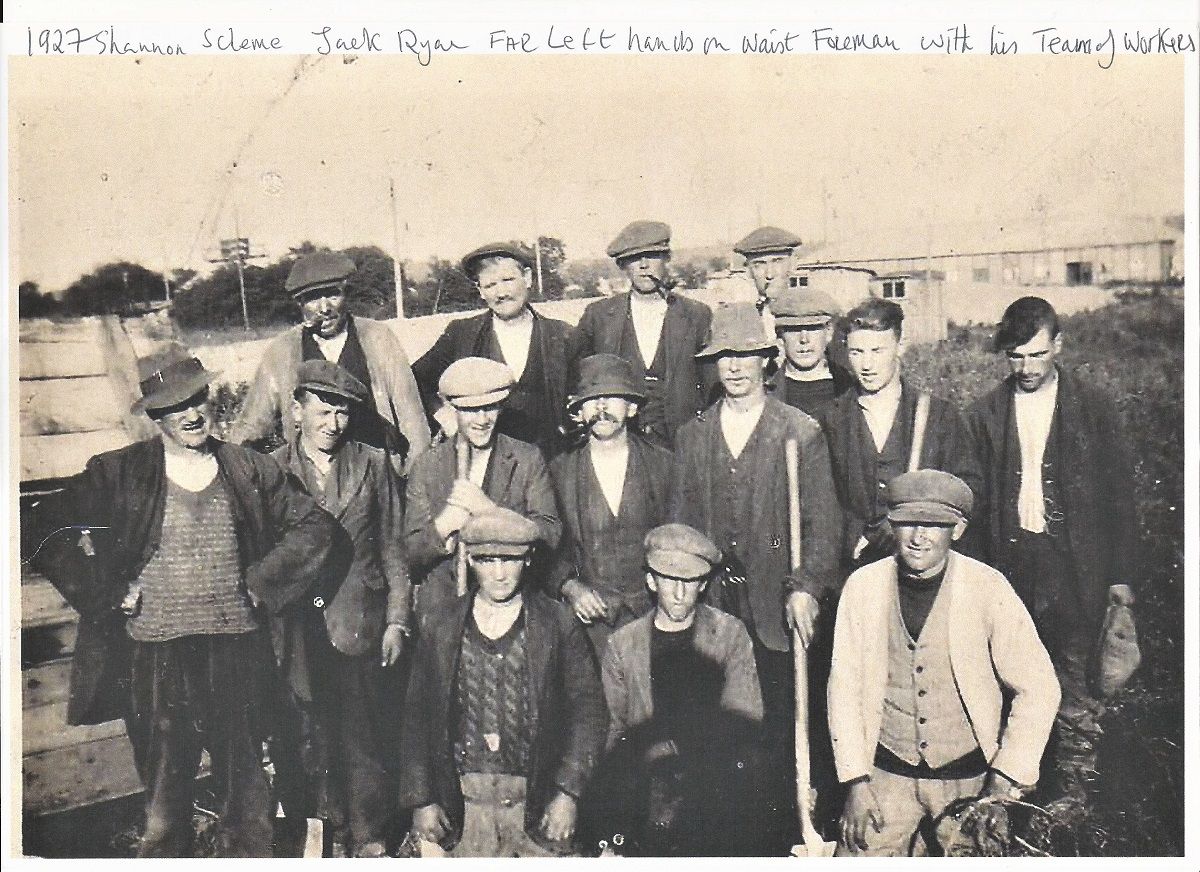Race and identity are central to research around the Shannon Scheme and its communities. How can we explore new narratives and nuance in this area?
Dr McKayla Stehr, History Instructor, Department of History & Political Science, Fresno City College, California, with a PhD on intersectionality and the Shannon Scheme.
One of the most exciting things about studying race and identity is that historians continue to question the preconceptions and experiences that shaped how people defined themselves and others. While dominant voices constructed racial stereotypes by perpetuating the practice of ‘othering’ in terms of cultural, ethnic, religious, or linguistic differences, these narratives expressed in the press or by officials coexisted with personal stories from people who formed strong bonds with outsiders.
The Shannon Scheme provides historians with an opportunity to explore new narratives about race and identity. Seemingly conflicting perspectives on these topics reveal the error in assuming a singular or stagnant interpretation of Irishness. The presence of German engineers and the absence of British participation at the site echoed conversations that were already underway regarding differences among the Irish workers themselves. Views on race and identity were fluid and contested. The personal stories collected will go a long way in encouraging further conversations about the many layers of Irish identity.
The Hunt Museum has been very active during COVID-19 restrictions. How will you continue to engage audiences?
Jill Cousins, Director of the Hunt Museum
The mantra of digital and open (very Europeana) is one that we are practising as well as preaching at the Hunt Museum. We placed everything that was out of copyright into the public domain two years ago, and made a CC0 dedication with our Sybil Connolly Collection, making it fully available to everyone across the world for use and reuse.
We continue to find inventive ways to get our objects digitised in both 2D and 3D such as volunteer groups for 3D digitisation, running workshops with school children and joining in European projects such as Europeana Archaeology and Art of Reading in the Middle Ages. The latter will help us become IIIF-compliant. Engagement has also come from adding our collections to WikiCommons, leading to the use of our digital objects in BBC and other programmes. And last, but not least, we have invested in our Education and Social Engagement teams to create online engagement and deliver learning resources that work for schools.
Our plans for next year build on the stories from our collection days and the archival collections of the ESB Archives, University of Limerick and others. We are going to engage contributors and scholars to develop Ardnacrusha Memories into a curricula-based learning resource and add the objects to Wikipedia to enhance knowledge around the cultural and social importance and implication of the Shannon Hydro-Electric Scheme. This gives us at least a couple of means of continuing to engage audiences in Limerick, Ireland and online - so watch this space in 2021!
Find out more
You can watch the recorded Ardnacrusha Memories Symposium online and discover the objects and stories collected around the Shannon Hydro-Electric Scheme through Europeana, as well as share your stories for Europeana’s Europe at Work campaign.
Local and national media coverage of the stories shared from the Shannon Scheme included RTÉ Ireland’s national television and radio broadcaster, thanks to Rosemarie Noone, Hunt Museum, and Caragh O’Shea, European Expo. You can watch the video courtesy of RTÉ News, 25 September 2020.



